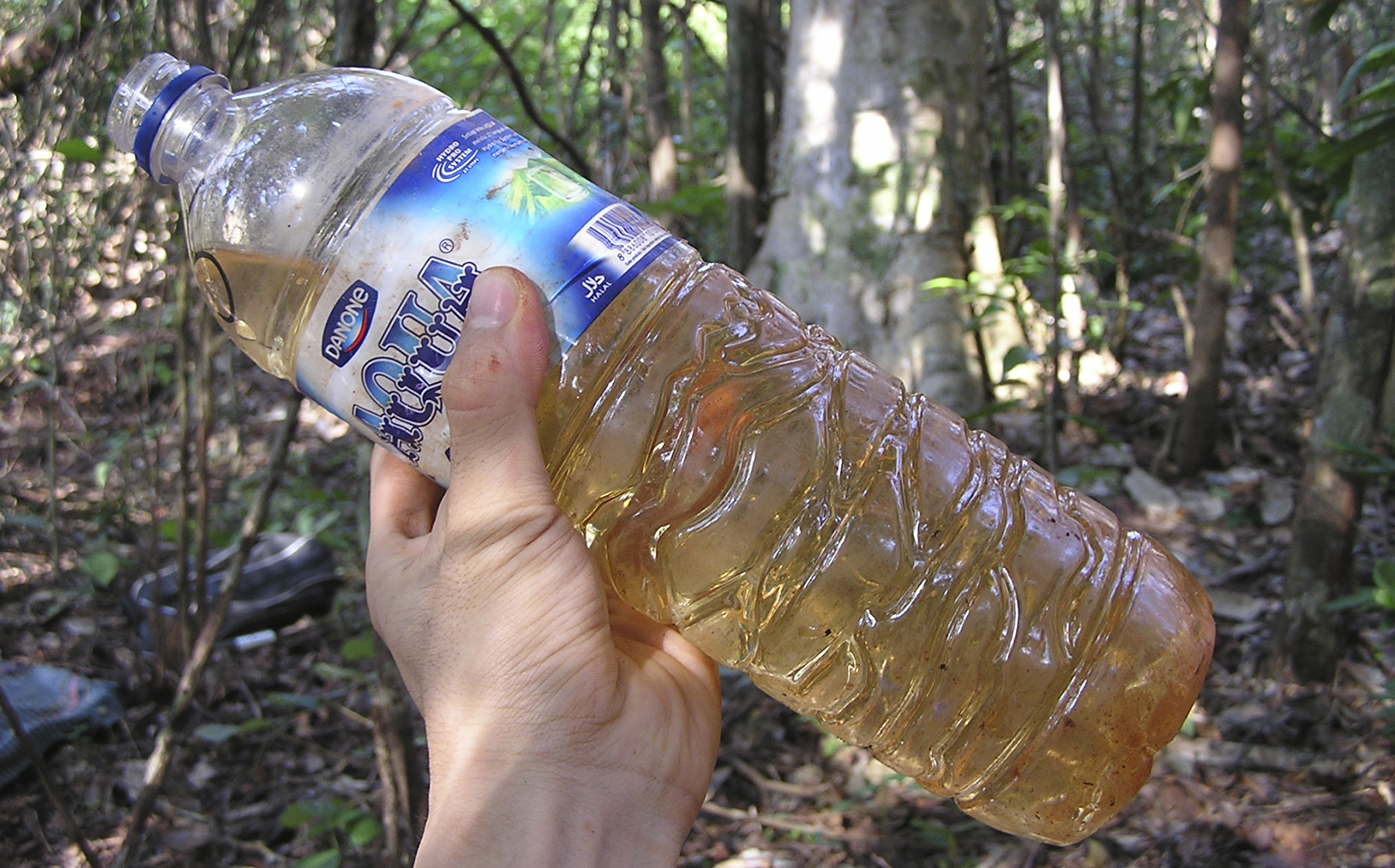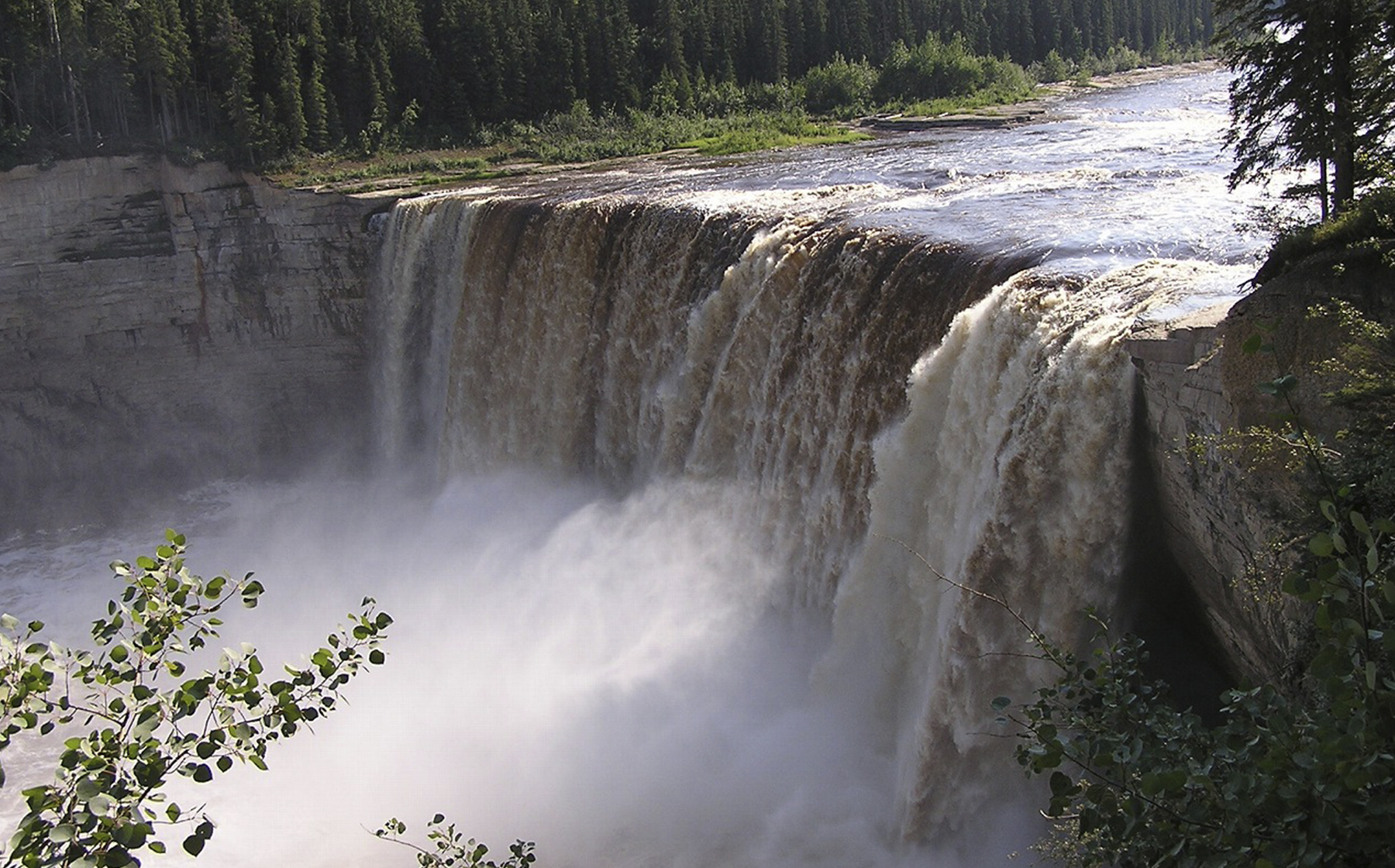

ー
We humans are also included in the nitrogen circulation cycle, aren’t we?
Dr. Fujii
Our bodies are made up of proteins, and we need to absorb proteins and amino acids from meat and fish. Of the nitrogen fertilizer that is sown, 40% is absorbed by the crops, but in the case of meat, this uptake falls to around 10%. That shows how much nitrogen we cannot utilize in the crop fields. It is important that we improve the utilization rate of nitrogen, and soil microorganisms hold the key to achieving this.


Dr. Fujii
The ideal scenario for agriculture is to domesticate these soil microorganisms, but this is not easy. Microorganisms and plants can fight over nitrogen, sometimes causing the plants to wither and die.
ー
What is happening there?
Dr. Fujii
If you throw some fresh rice straw in the fields, the microorganisms that have propagated do not attempt to release the nitrogen they have captured, causing the plants to wither and die. Within the soil, proteins become amino acids. Amino acids become urea. Urea becomes ammonia. Ammonia becomes nitric acid. If this process can occur smoothly, crop production will improve.
However, within the soil there are various microorganisms and enzymes that also become involved, and depending on the conditions, different microorganisms can actually inhibit during this process. It is incredibly difficult to control soil fertility , but it is certainly worth challenging.


How can proteins in soil be broken down into amino acids?



Dr. Fujii
When microorganisms generate enzymes in order to break down proteins into amino acids, usually they run into shortage of nitrogen. If they think that there is enough nitrogen, they won’t think about making the next amino acid. Using a company as an analogy, it is like an employee who have been given a huge salary do not performe the next job anymore.
ー
That sounds very human! (Laughs.)
Dr. Fujii
However, the condition for microorganisms to release ammonia is when there is a lot of nitrogen in soil. That is to say, the condition for activation of the upper level—converting proteins into amino acids—and the condition for activation of the lower level—converting ammonia from urea and excreting it from the body—are completely opposite. The switch button for enzymes lies within this place of complete difference.
ー
The two processes are completely opposite, so it certainly must be difficult to know how much nitrogen to add to a field….
Dr. Fujii
Enzymes are also proteins, and the action of producing enzymes is a serious matter for microorganisms because they have to invest the resource of nitrogen. I think that they are taking quite a risk by spending resources on the production of enzymes instead of proliferation of themselves. For this reason, it is necessary to create the conditions that microorganisms want to produce enzymes for breaking down proteins into amino acids.
There is a switch within microorganisms for producing these enzymes. The microorganisms excrete enzymes in response to nutrients in soil. They change the enzymes that they produce according to the nutrients they are seeking to absorb, going in order from easy-to-decompose starch and amino acid to difficult-to-decompose cellulose.



Dr. Fujii
Microorganisms are not all that happy within soil because they usually lack energy. As I said at the beginning, the soil contains nothing by food scraps, so the microorganisms have insufficient energy. So if you suddenly give the microorganisms a whole lot of glucose, delicious sugar (carbon), the microorganisms are happy to propagate.
The microorganisms then begin to become a bit greedy, thinking, “we’d really like some nitrogen and phosphorous as well.” It’s like saying, “We received lots of rice, so now we want some food to accompany the rice.” When we want microorganisms to break down the matter that they do not find tasty—that is something not easy for them to break down—enzymes are the key.
ー
I see. Increasing microorganisms’ ability to break down matter improvethe soil productivity! How exactly are enzymes involved?
Dr. Fujii
Soil is usually black. Why black? This is getting a little technical, but soil is black because it contains a lot of double bonds, which absorb light. There are a lot of so-called aromatic rings. Think about coffee, soil is very close to the bitter, or astringentcomponents of coffee beans. In the case of coffee beans, these components are chlorogenic acid and caffeic acid; in the case of trees, this is a poison called lignin (wood component). By producing foul-tasting poison, the tree protects itself from outside invaders, such as mold and insects, making itself difficult to be eaten. Lignin in soil increases turning black eventually.


ー
Using poison for self-protection is a phenomenon that can be widely observed in the world of plants and animals.
Dr. Fujii
That’s true. You remove potato eyes before cooking them, don’t you? Well, the eyes contain an alkaloid poison, which is a secondary metabolite. Plants have evolved to produce defensive substances in order to protect themselves.
For microorganisms, the humus containing the nutrients in soil is also not easy to eat. Enzymes capable of breaking down lignin are also able to break down humus. Accelerating breakdown of humus and promoting the circulation of nitrogen already in soil is a strategy that we believe will reduce the need for nitrogen fertilizers.
ー
You have been studying lignin for many years, haven’t you Dr. Fujii?
Dr. Fujii
That’s right. If you collect the rain water that has seeped out under the fallen leaves, you can see that the color of the water is like black tea. The leaves dissolve into the water, and the matter that is dissolved in the water is further broken down into carbon dioxide by microorganisms. As I carried out my research, I kept wondering, “If that is the case, the water should be transparent, so why is it this dark brown color?” Eventually I discovered that the lignin in the leaves was dissolving into the water.


This brown color indicates the presence of a large amount of residual lignin and organic matter dissolved in the water.


Dr. Fujii
Since plants developed the ability to produce lignin using enzymes, such as laccase, several hundred million years ago, the substance lignin has come to comprise around 40% of the bodies of trees. Later, there were ages in which coal continuously accumulated on the Earth. Forest trees fell over, becoming peat and then turning into coal. At this time, bacteria and molds did not have enzymes capable of breaking down lignin.
ー
You mean the so-called Carboniferous period (360–300 million years ago).


Dr. Fujii
That’s right. It’s said that the first organism to develop the ability to break down lignin was a mushroom that appeared 250 million years ago. Finally, it became possible for lignin to be broken down and returned to carbon dioxide, completing the circulation of matter. This ended the Carboniferous period. Of mushrooms known as wood-rot fungi, only some types of white-rot fungi have decomposition enzyme known as lignin peroxidase. It took me three years to show at the genetic level that this enzyme exists not only in wood-rot fungi but also fallen leaves and soil microorganisms.
Lignin peroxidase is an enzyme that is thought to be effective for bleaching Kraft pulp.



Dr. Fujii
Wood-rot fungi include shiitake mushrooms, king oyster mushrooms, maitake mushrooms—mushrooms that you can buy at the supermarket in packs for 100 yen. In contrast, matsutake mushrooms should have been part of the original wood-rot fungi group, but are now unable to break down lignin. Having become so accustomed to receiving glucose from the roots of red pine trees, matsutake mushrooms gave up decomposing fallen leaves themselves. Instead, they learned symbiosis, bringing nutrients for the red pine trees and exchanging these for sugar.
It was the inexpensive mushrooms that ended the Carboniferous period. If the Carboniferous period had continued and carbon had continued to accumulate in soil, the amount of carbon dioxide in the atmosphere would have decreased too much, triggering global cooling, and the Earth would not have its current form.
ー
So we were saved by mushrooms some 200 million years ago?!
Dr. Fujii
I also think that those mushrooms that are selling for 100 yen a pack are pretty amazing. The way that I look at them in supermarkets has changed. (Laughs) One coffee spoon of soil contains some 5 billion microorganisms that support the ecosystem like an orchestra.
Previously, I was skeptical about extracting individual microorganisms and examining their functions. Even so, just as there are microorganisms that produce cancer drugs and penicillin, there are also specific microorganisms that hold the key to the circulation of matter in ecosystems. The mushrooms taught me that before applying words like “diverse” and “complex,” I need to carefully observe individual organisms and phenomena.


Dr. Fujii
The story of evolution is fascinating, to say the least. In areas where trees grow, large heavy rainfall washes potassium and calcium away, making the soil acidic. This is unavoidable. However, these mushrooms devised a very clever adaption for such environments. Under acidic conditions, the enzyme lignin peroxidase is able to gain high oxidizability. The mushrooms learned how to produce these enzymes, which work well under acidic conditions, for breaking down wood and fallen leaves. We can see the history of this kind of adaption.
The nitrogenase produced by cyanobacteria first appeared in ancient times, when the Earth was “polluted” with carbon. I think that what is especially interesting about Earth’s history is that both old and new are writing the history of adaptation in this way.



Dr. Fujii
In order to control enzyme reactions, we need to study the peak activity and optimum conditions for these microorganisms’ enzymes to operate effectively. For example, the more acidic the lignin becomes, the more active the decomposition enzymes become. In contrast, enzyme activity to break down cellulose, non-toxic part in fallen leaves, slows down when soil is acidic. We need to find the optimum conditions between these two extremes to break down the humus containing the nutrients in soil.


ー
There really are complex phenomena occurring within the soil, aren’t there?
Enzymes can be roughly divided into two groups: hydrolytic enzymes and oxidizing enzymes. Cellulose can be cut up into pieces glucose; however, lignin cannot be cut up and must be oxidized.
Even after the lignin has been oxidized and finally dissolves, the phenol produced is poisonous, and so a special team of microorganisms that can break down poisons takes charge of decomposition. It is said that humans cannot live alone, but within the soil microorganisms coexist and share roles with other different microorganisms.



Tree cells are often referred to reinforced concrete with cellulose as rebars and lignin as concrete covering rebars. Because cellulose comprises chains of glucose, we need hydrolytic enzymes to break down. Lignin has a complex structure and cannot be broken down by hydrolytic enzymes. Instead, we need oxidizing enzymes—which are oxidation-reduction enzymes—to break down the lignin.



ー
Dr. Fujii, in your writing, you refer to enzymes as “microorganisms’ magical power.”
Dr. Fujii
Enzymes do not actually appear in chemical reaction formulas. enzymes act as catalysts to help produce something from something; they do not change themselves. Also, they are performing an action that humans cannot perform, and for this reason I described enzymes as “microorganisms’ magical power.”


Dr. Fujii
Recently I have been frequently using instruments in an orchestra as a metaphor to explain enzymes. If an orchestra were to attempt to perform without instruments, I think it would be extremely difficult. You would probably need to bring together people with very high voices, people with voices that sound like a horn or a double bass. If the orchestra performs using musical instruments, it will be much simpler and easier to produce the music prescribed by the score. By combining all the instruments together, you can create music that cannot be performed by a single instrument. This orchestra resembles the circulation of matter by a group of enzymes within soil.
By seeing enzymes as musical instruments, it is possible to identify what “musical piece” the orchestra is performing. I think we can form images in our minds of the various different type of enzymes this way: “This soil is classical” or “This soil is folk music”!



ー
It’s only been 200 years since humans discovered the existence of enzymes. I am sure that more and more will be learned as research advances.
Dr. Fujii
Enzyme-Kun was just referring to cyanobacteria. I think it would be a Novel Prize-worthy invention if humans could make nitrogen-fixing enzymes like nitrogenase instead of using large quantities of coal and oil to produce nitrogen by the Haber–Bosch process. It is encouraging that humans have yet to produce enzymes that can be produced by single-cell bacteria, and I think we need to become humble.
Even now, there are research publications on inexpensive methods for producing nitrogen to replace the Haber–Bosch process. Dr. Fujii has pointed out that nitrogen is not being utilized efficiently and that excess nitrogen remains in soil andcausesthe environmental damage. He arguedit is important to utilize nitrogen that already exists in soil. How can we utilize enzymes to improve soil productivity without syntethic fertilizers? Expectations for future research results are higher than ever.
Enzymes are active in every aspect of our world, and we are seeking new possibilities for them.
In this corner, we visit people who are currently active in various fields with "Enzo" and ask them about their stories.

